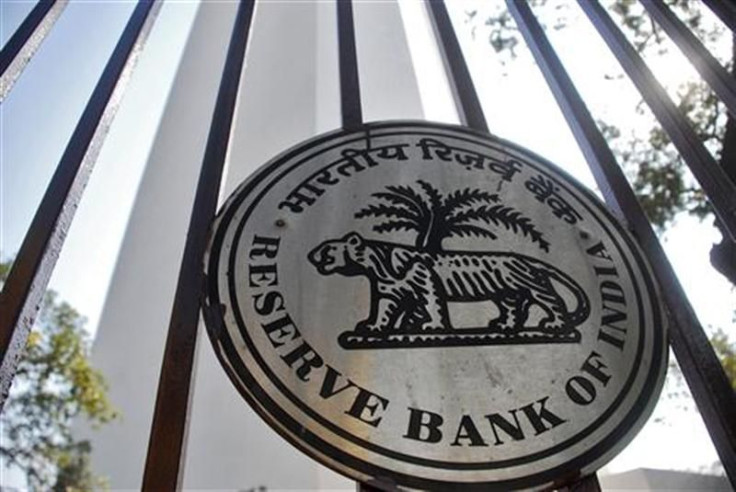India?s Manufacturing Activity Improved In April: HSBC PMI

India's manufacturing activity improved in April compared to previous month, according to the HSBC flash Purchasing Managers Index (PMI) released Wednesday.
The index, which was compiled by Markit Economics, rose to 54.9 in April from 54.7 in March, indicating a solid improvement in operating conditions.
Activity in the manufacturing sector expanded at a slightly faster pace in April. While output growth moderated, partly on the back of power outages, new orders continued to pour in, including for exports, Leif Eskesen, Chief Economist for India & ASEAN at HSBC, said.
The report says that a combination of improved client demand and good quality products led to a further increase in new business at Indian manufacturers during April. Growth in new export orders also quickened during the month which resulted in the new orders sub-index rising to 61.1 in April after falling to 58.1 in March.
This report comes after credit rating agency Standard & Poor's last month cut India's outlook on the long-term rating to negative from stable, saying that the country's economy was facing high fiscal deficits and a heavy debt burden.
On a positive note, the Reserve Bank of India (RBI) surprised markets in April with a 50 basis point cut in the main interest rate, the first policy easing in three years, as focus turned to lifting lending controls and tackling a slowdown in the economy. Lower interest rates are needed to support the economy, which has showed signs of losing momentum in the past few months.
The economy grew 6.1 percent in the quarter ending Dec. 31, 2011. This was the slowest growth in nearly three years and was a major slowdown from the July-September quarter when GDP growth was 6.9 percent.
At the same time, inflationary pressures are adding to the woes of the slowdown in economic growth by being a major obstacle for the central bank to assertively cut interest rate. Inflation accelerated with both output and input prices rising faster. This suggests that upside risks to inflation remain and that the RBI's rate cut could turn out to have been premature and too aggressive, Eskesen said.
Adding to the problem is the expectation for only modest progress in fiscal and public sector reforms, given the current political gridlock and the fact that the next elections will be held only by May 2014. Economic analysts are of the opinion that the Indian government's ability to implement policies has weakened due to the slow and complex decision-making process.
© Copyright IBTimes 2024. All rights reserved.











